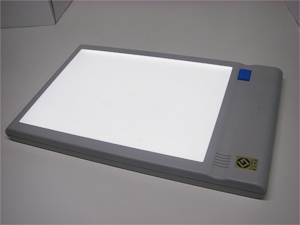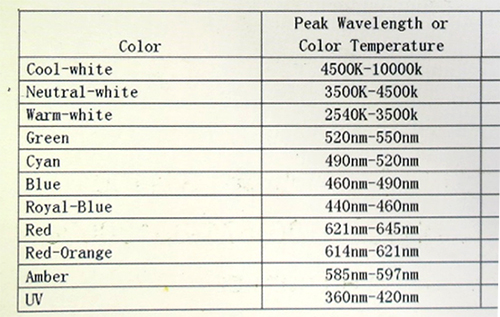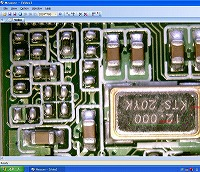It’s one of the lighting methods used in microscopes and digital microscopes. This method involves illuminating from behind the object, also known as backlighting.
There are different types such as edge-type (reflecting off the wall surface) and direct-type (directly illuminating in a vertical direction).
 |
 |
|
Edge lighting
|
Direct lighting
|
|
merit
|
demerit
|
|
| Edge lighting |
|
Compared to direct lighting, Illumination intensity decreases. |
| Direct lighting | It can emit high-intensity light. (Ideal for pinhole inspection, etc.) |
Due to its substantial thickness, it often exerts influence on the W.D. |
Transmitted illumination can be applied to the following observations:
– Emphasizing the edges of objects for dimensional measurements and defect checks.
– Pinhole checks on films and similar materials.
– Nozzle blockages.
– Confirming crystals in aqueous solutions.
Combining an XY table with transmitted illumination for dimensional measurements
<Instrumentation Used>
Transmitted illumination RD-95T, XY table TD100-25MX with digital micrometer
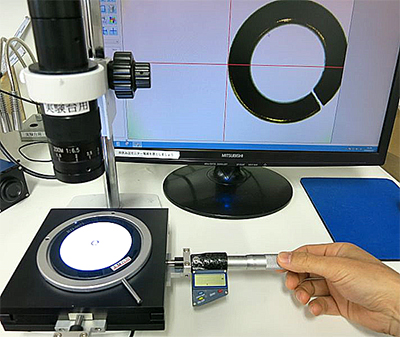
Using a transmitted illumination stand for detecting pinholes in films
<Instrumentation Used>
Transmitted illumination stand GR-STD8
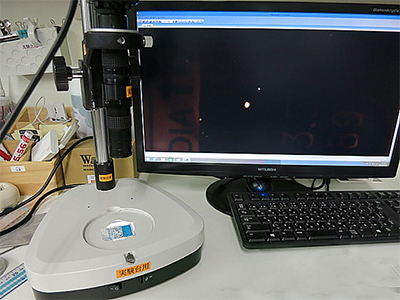
・Nozzle clogging
| Only incident illumination |
|
|
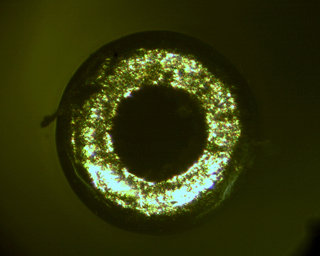 |
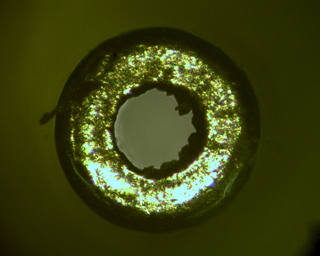 |
We offer stand-type and surface illumination-type transmitted illumination systems at our company.
| Stand-type (direct type) | |
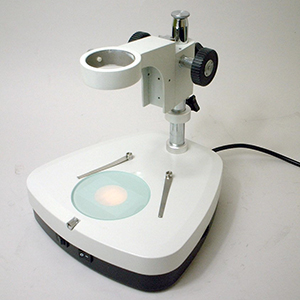 |
Transmitted illumination stand (lamp type) GR-STD8 |
| 面発光タイプ(エッジ型) | |
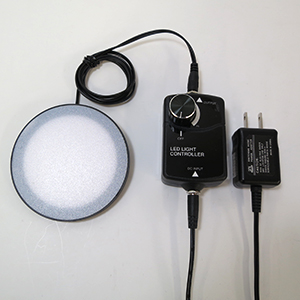 |
透過照明(面発光) RD-95T
|
(面発光透過照明と回転式XYテーブルの組合せ)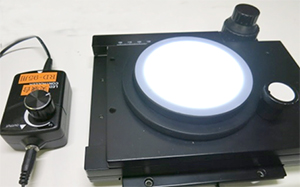 |
|
For simpler applications, a commercially available photo negative observation backlight can sometimes be substituted. These typically cost around 10,000 yen, but they have low light intensity and limited adjustability.
